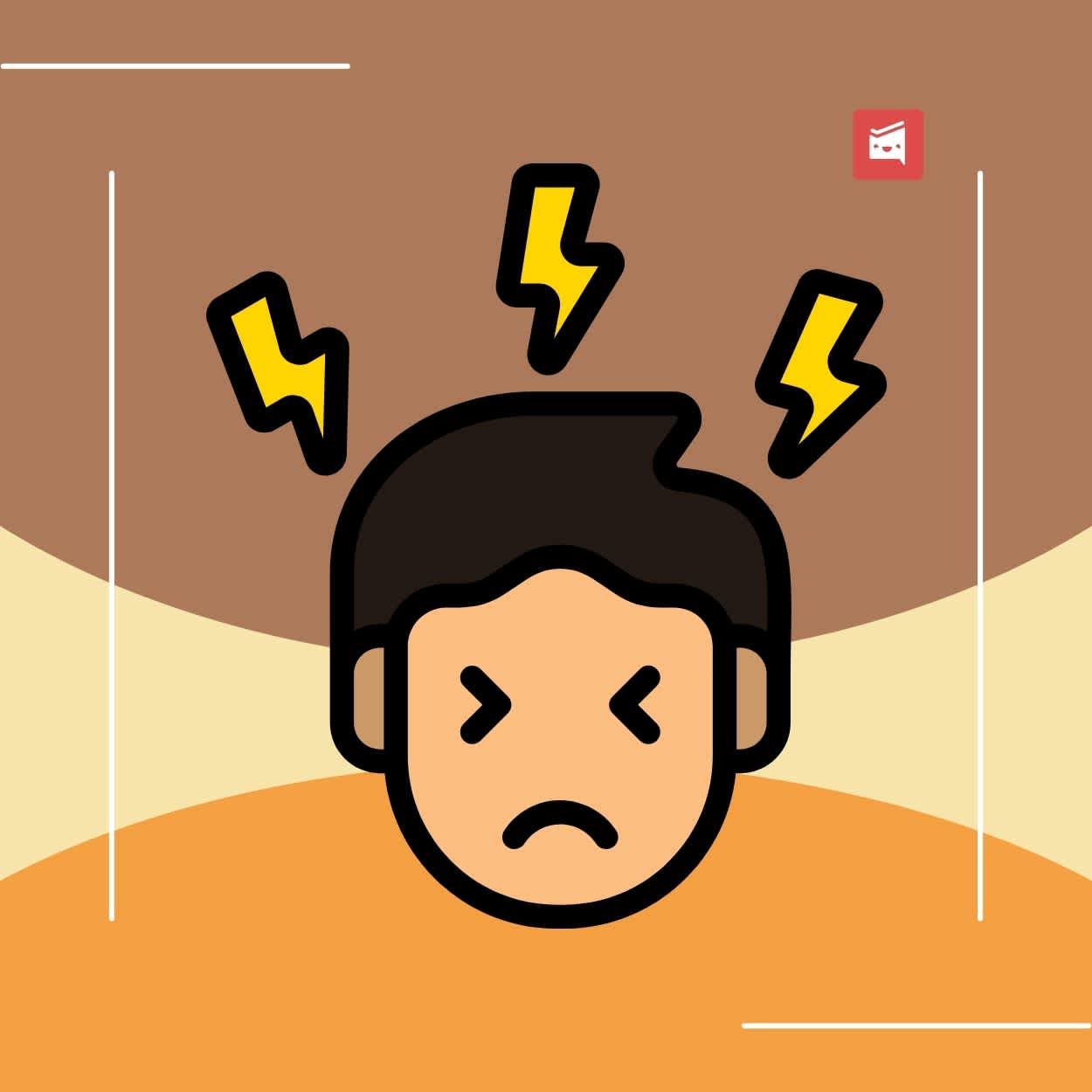The Real Cost of Ignoring Mental Health in High-Pressure Work Environments
ByJulian Gette
Workast publisher

Workast publisher
High-pressure work environments have become the norm in numerous industries. Professionals are often expected to deliver exceptional results under tight deadlines, leading to significant stress and mental strain. While many companies prioritize performance and productivity, the mental health of employees sometimes takes a backseat. Ignoring this fundamental aspect can have dire consequences for the health of the organization. Investing in mental well-being is not just a moral obligation but a strategic move that can increase productivity and foster a positive workplace culture.
High-pressure environments can be breeding grounds for stress and anxiety, significantly impacting the mental health of employees. According to a report from the World Health Organization, depression and anxiety alone cost the global economy around $1 trillion each year in lost productivity. Stress can lead to various physical and mental health issues, including burnout, sleep disorders, and even serious conditions like heart disease. The constant pressure to perform can disable an employee from being fully engaged, eroding their self-esteem and motivation. This impaired mental state can lead to a cycle of low productivity and increased turnover, causing strain on workplace dynamics.
Recognizing the signs of mental health decline in the workplace is crucial for fostering a healthier environment. Some common indicators include decreased productivity, social withdrawal, and an increase in absenteeism. Employers should remain vigilant for changes in employee behavior, as these are often signals of deeper issues. Developing a culture of mental wellness requires ongoing education about mental health and suicidality, helping staff members recognize these signs within themselves and in their peers.
Promoting self-awareness and encouraging employees to check in on one another can lead to early intervention, something that is often desperately needed in high-stress situations. Thus, organizations should consider integrating training sessions that cover mental health first aid and skill-building techniques for managing workplace stress effectively.
To combat the repercussions of high-stress environments, organizations must cultivate a culture of support that prioritizes employee well-being. Implementing flexible work hours, providing mental health days, and allowing time for breaks can significantly improve morale and reduce stress. Companies should provide access (and funding) for professional help, whether through an Employee Assistance Program (EAP) or external mental health services. Employees should know that they can rely on addiction and mental health resources that are easily accessible with an organizational endorsement. Simple changes can yield significant gains: a supportive culture fosters trust and engagement, enhancing both individual and team performance while decreasing turnover rates.
Despite the increasing awareness around mental health, stigma surrounding mental illness continues to plague high-pressure work environments. Employees may feel compelled to conceal their struggles for fear of being judged or viewed as weak or unfit for their roles. This reluctance to discuss mental health can exacerbate issues, leaving individuals to suffer in silence while their performance continues to deteriorate. Research indicates that some workers will avoid seeking help due to fear of negative repercussions, which can lead to the escalation of existing mental health problems into serious conditions.
Battles with anxiety or depression entail considerable emotional and physical tolls, and if left unaddressed, they can ultimately lead employees to consider drastic measures such as quitting or seeking illicit substances for reprieve. Organizations must actively work to create an accepting atmosphere that normalizes conversations regarding mental wellbeing, ensuring that employees feel safe and supported in discussing their issues.
Organizations that already understand the return on investment associated with mental health initiatives often report lower employee turnover and greater productivity. Companies like Google and Johnson & Johnson have invested in employee well-being programs and reaped the benefits. Recent studies indicate that employees of such companies are more likely to report feeling satisfied with their jobs and, consequently, exhibit better performance. According to a study by the Global Business Group on Health, for every $1 spent on mental health initiatives, organizations receive a return of $4 in improved health and productivity. Such data argues strongly in favor of integrating mental health into the core of organizational strategy rather than relegating it to an afterthought.
Neglecting mental health in high-pressure work settings has long-term consequences for organizations and society as a whole. A lack of mental health support can diminish a worker’s ability to contribute meaningfully, leading to a workforce less capable of innovation or resilience during challenging times. Healthy workplaces promote creativity and collaboration, while unhealthy environments often breed disengagement and distrust.
There is a larger societal implication; when employees are forced to manage untreated mental health issues, they may turn to unhealthy coping mechanisms or develop addiction problems, which perpetuates a cycle of suffering. Ensuring that employees feel genuinely valued and well-supported can lead to a more prosperous, engaged, and innovative workforce. Not only does this contribute to an organization’s reputation, but it also reflects a commitment to public health.
One of the most powerful catalysts for improving mental health in high-pressure workplaces is leadership engagement. When managers and executives openly prioritize mental wellness, it signals to employees that their health is just as important as performance. Leaders should receive training on how to recognize signs of distress, respond appropriately, and model healthy work-life balance. By demonstrating empathy, promoting transparency, and reinforcing supportive policies, leadership can help dismantle stigma and create an environment where mental well-being is a shared responsibility. This top-down approach fosters a culture where employees feel safe, valued, and empowered to seek the help they need.
Addressing mental health within high-pressure work environments is crucial for the success and sustainability of both individuals and organizations. From recognizing signs of stress to fostering a supportive culture, employers hold the key to reducing stigma and enhancing mental well-being. As organizations invest in mental health initiatives, they cultivate more productive and engaged employees. The ramifications of neglecting mental health extend beyond individual struggles. They ripple through organizations and communities alike. By prioritizing mental health, organizations can redefine their workplace culture, benefiting everyone involved in the process.

